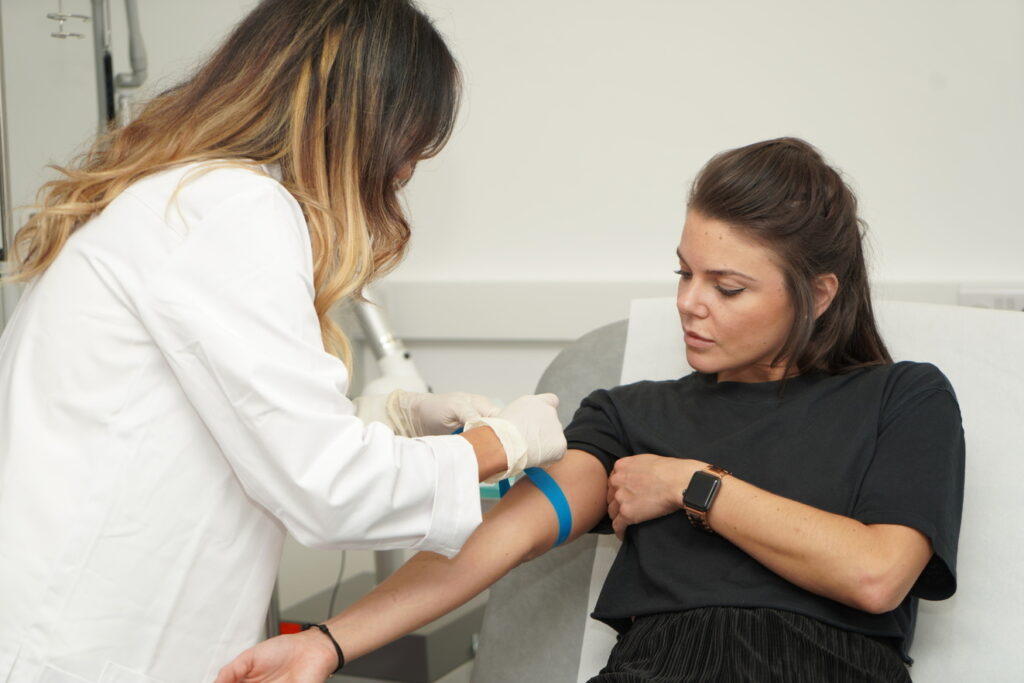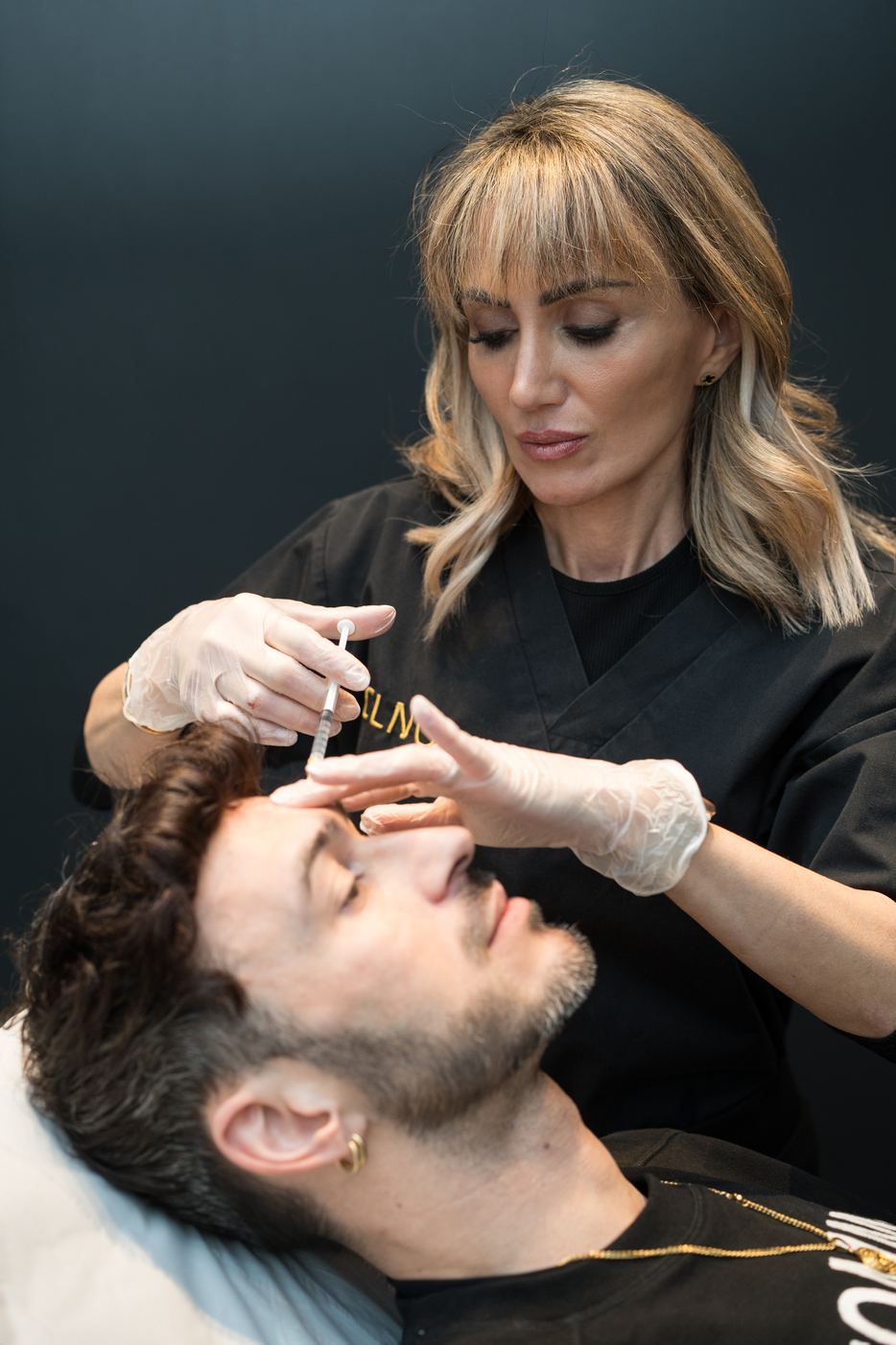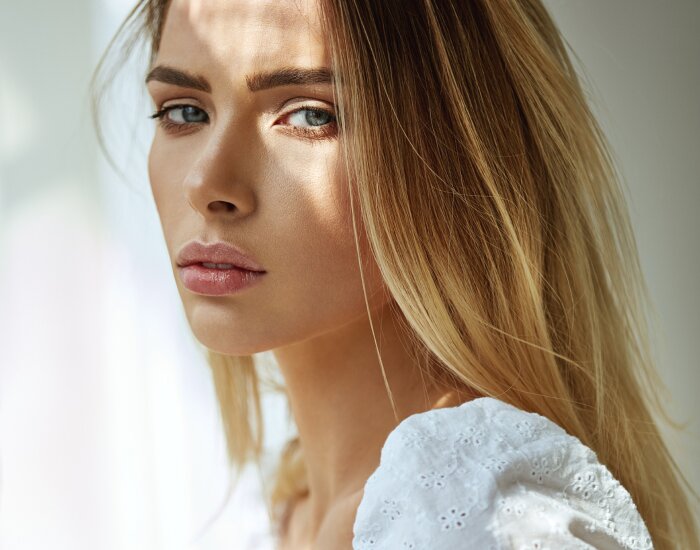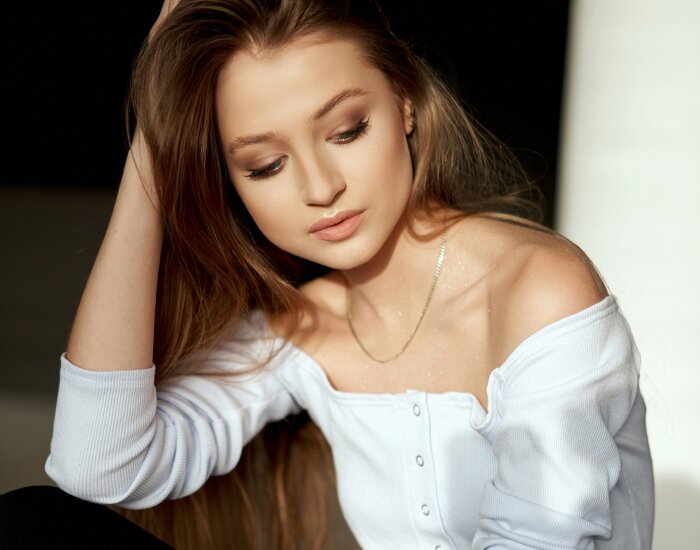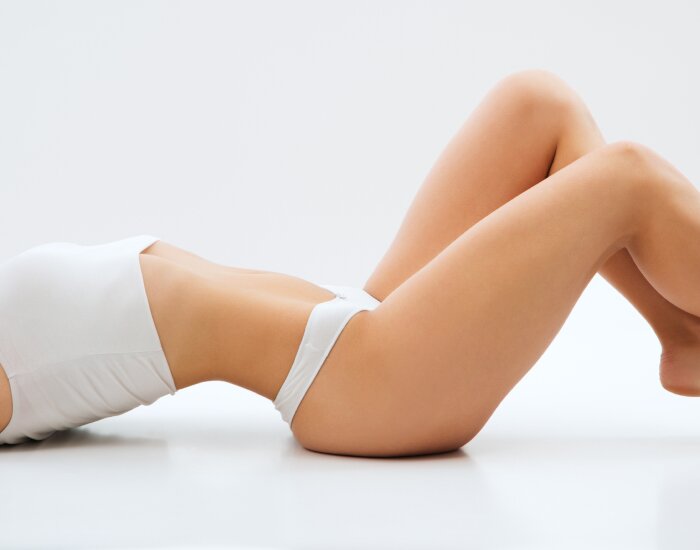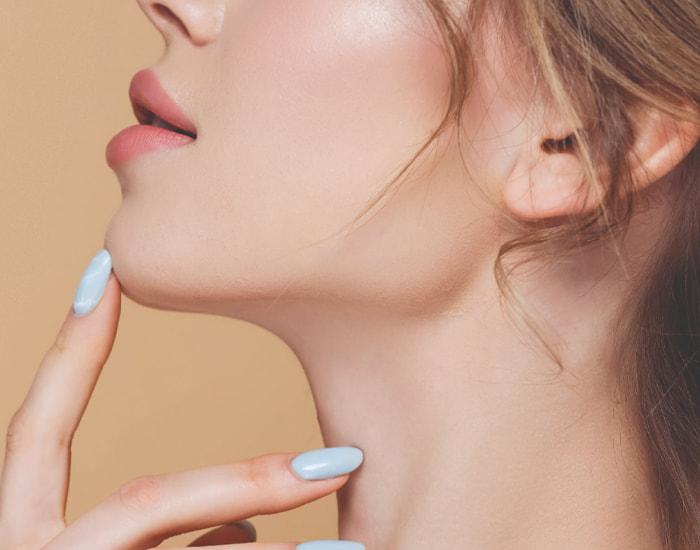Natural Breasts vs Fake Breasts
When it comes to breasts, beauty is truly in the eye of the beholder. Some women embrace the natural look, while others feel more confident with surgical enhancement. Understanding the differences between natural breasts and fake breasts (augmented with implants or fat transfer) is important for anyone considering cosmetic surgery. We will explore how they differ in appearance, feel, function, health considerations, and long-term outcomes.
What Are Natural Breasts?
Natural breasts are formed from a mixture of fat, glandular tissue, ligaments, nerves, and skin. Their size and shape are influenced by genetics, hormones, pregnancy, breastfeeding, age, and lifestyle. No two natural breasts are exactly alike, and asymmetry is extremely common.
Key traits of natural breasts include:
-
A softer feel that changes with hormonal cycles and age.
-
Teardrop or oval shapes with more fullness at the bottom.
-
Subtle movement and natural bounce when walking or lying down.
-
Visible changes during weight gain, pregnancy, or menopause.
This individuality is part of what makes natural breasts so unique. However, some women feel their breasts don’t match their desired appearance, which is where augmentation may play a role.
What Are Fake Breasts?
Fake breasts or fake boobs refer to surgically enhanced breasts. Most commonly, this involves the use of breast implants (silicone or saline). Another option is fat transfer breast augmentation, where a surgeon uses your own fat to enhance the breasts.
How Augmented Breasts Look
-
Implants often create a fuller, rounder appearance. Many patients notice more upper pole fullness compared to natural breasts.
-
Implants can provide better cleavage and improved symmetry.
-
When lying down, natural breasts usually fall to the sides, while augmented breasts may stay more upright depending on implant size and placement.
How They Feel
-
Silicone implants, particularly modern cohesive gel or “gummy bear” implants, feel soft and natural to touch.
-
Saline implants may feel firmer or less natural.
-
Fat transfer results in a soft, natural feel, though the increase in volume is usually more modest.
Natural Breasts vs Fake Breasts – Side-by-Side
|
Feature |
Natural Breasts |
Augmented Breasts |
|---|---|---|
|
Shape |
Teardrop, often asymmetrical |
Rounder, fuller, more symmetrical |
|
Feel |
Soft, varies with hormones and weight |
Firmer, more consistent |
|
Movement |
Natural bounce, fall to sides when lying |
More fixed, especially with large implants |
|
Longevity |
Change naturally with ageing |
Implants may need replacement in 10–15 years |
|
Breastfeeding |
Fully functional |
Often possible but may depend on incision type |
|
Risks |
No device risks |
Capsular contracture, rupture, implant removal |
|
Customisation |
Limited to genetics and lifestyle |
Choice of size, shape, profile, placement |
Health Considerations
While natural breasts do not carry surgical risks, augmented breasts require careful thought. Implant surgery has a good safety record, but complications can include capsular contracture (tightening around the implant), rupture, infection, or implant malposition. Implants may also need replacing after 10–15 years.
Fat transfer is considered safe, but some fat cells may not survive, leading to partial volume loss. Rarely, fat necrosis (firm lumps) can occur.
Psychological and Social Aspects
For many women, breasts are not only a physical feature but also tied to self-identity, femininity, and confidence. Some women feel happiest with their natural shape, while others feel more empowered with surgery. Neither is “better” – the right choice depends on individual goals, lifestyle, and how a woman wishes to feel in her own body.
Should You Choose Natural or Augmented Breasts?
This decision is deeply personal. If you are content with your natural breasts, there is no need for surgery. But if you would like to change their size, shape, or symmetry, modern cosmetic techniques can help you achieve your goals safely and predictably.
A consultation with our qualified plastic surgeons is essential. They will discuss options such as implants, fat transfer, or breast lifts, and guide you through the risks and benefits so you can make an informed decision.
FAQs About Natural vs Fake Breasts
1. Do fake breasts look natural?
Yes – with modern implants and techniques, many augmented breasts look very natural, especially when tailored to body proportions. The Motiva Preserve uses Motiva Ergnonomix 2 implants which give a more natural look.
2. How can you tell if breasts are fake?
Often the differences are subtle. Augmented breasts may appear rounder, firmer, and sit higher on the chest. Natural breasts usually have more variation in movement and shape.
3. Do breast implants affect breastfeeding?
Most women with implants can breastfeed, but it depends on the surgical technique used. Inframammary incisions (under the breast) are less likely to interfere compared to periareolar incisions.
4. How long do breast implants last?
Implants are not lifetime devices. Many last over 10–15 years, but some may require replacement sooner due to rupture, leakage, or capsular contracture.
5. Is fat transfer better than implants?
Fat transfer offers a natural look and feel without foreign material, but usually only increases size by one cup per session. Implants provide more dramatic results and are more predictable in size.
6. Are natural breasts healthier than implants?
Natural breasts do not carry the risks associated with implants. However, many women live healthily and happily with implants for decades.
7. Do fake breasts feel different to touch?
Yes. They are often firmer and more consistent than natural tissue. That said, silicone implants can feel remarkably natural.
8. Can natural breasts be lifted without implants?
Yes – a breast lift (mastopexy) reshapes and elevates natural tissue without implants. This is ideal for women happy with their breast size but not the droopiness.
9. Can exercise change the appearance of natural breasts?
While exercise strengthens chest muscles, it doesn’t change breast tissue. Weight fluctuations, however, may make breasts larger or smaller.
10. Which option is right for me?
The right choice depends on your body type, goals, and lifestyle. Book a consultation with our expert plastic surgeons in Manchester or Cheshire to find which is the best way to explore options tailored to you.

